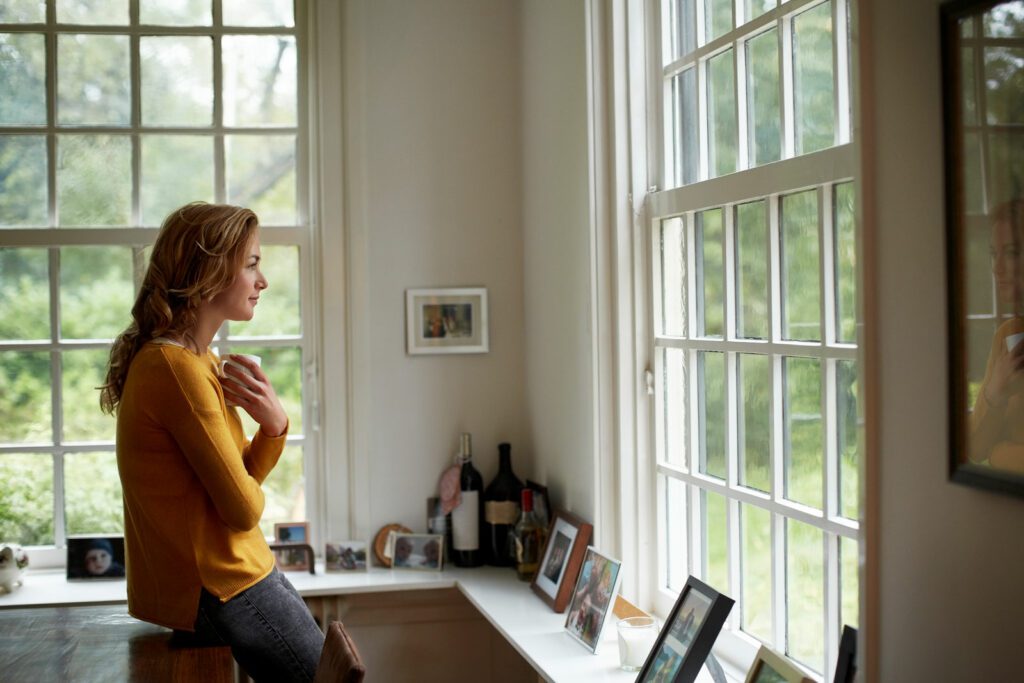Author
Where a property has been purchased jointly, all the joint owners’ names are often recorded on the title of the property at the Land Registry (or, if the property is unregistered, in the title deeds). The transfer that was entered into when the property was purchased may contain a declaration of trust setting out how the property is to be shared between the joint owners. The transfer is a prescribed Land Registry form (usually form TR1) and nowadays there is a box to complete entitled “Declaration of Trust” in which the joint owners can state how they will hold the property as between themselves. If this part of the transfer has been completed then there is an express declaration of trust, which may be conclusive as to how the property is to be shared. However, older versions of transfers did not seek this information or provide anywhere for a declaration of trust to be included. On other occasions the box may not have been completed. Sometimes a separate, standalone declaration of trust may have been entered into, or, where the property is owned by an unmarried couple, a cohabitation agreement may exist which includes a declaration of trust. There will be occasions, however, where no declaration of trust exists.
Where there is an express declaration of trust, a recent case has clarified that the declaration of trust can nevertheless be overridden in certain circumstances.
A House of Lords (now the Supreme Court) case in 2007 decided that an express declaration of trust was “conclusive unless varied by subsequent agreement or affected by proprietary estoppel“[1]. Usually, there are certain formalities required in order to pass an interest in property from one person to another, including that it be in writing, and an express declaration of trust had been thought to be conclusive unless formally varied.
In Nilsson v Cyberg [2024] EWHC 2164 (Ch), a husband and wife, Stuart and Collette, had bought a house together and entered into an express declaration of trust that they owned the house as joint tenants. This meant that should one of them die, the survivor would inherit the whole house.
Stuart and Collette later separated and reached an informal agreement that the house would become Collette’s outright, so long as she ultimately left it to their two children. Stuart moved out of the house and from then on Collette took over the costs relating to the house, including paying the mortgage. She also carried out improvement and maintenance works to the house. Many years after they separated, Collette and Stuart finally divorced and shortly after that Stuart went bankrupt. His trustees in bankruptcy brought a claim against Collette to say that she did not own the house outright, on the basis that the express declaration of trust reflected the ownership and had not been overridden (subject to Stuart’s bankruptcy having the effect of severing the joint tenancy and changing it to a tenancy in common in equal shares).
Collette argued that she owned the whole house outright because of the agreement that she and Stuart had come to, which she had relied upon when spending money on the house. She had also held off pursuing divorce proceedings because she and Stuart had already agreed what was happening to the house.
The court initially found that a common intention constructive trust had arisen when Stuart and Collette separated and agreed what was to happen to the house. The judge also said that, alternatively, a proprietary estoppel had arisen at the time Stuart and Collette separated. The judge therefore concluded that the express declaration of trust had been superseded and the house was Collette’s outright.
Stuart’s trustees in bankruptcy appealed the decision and the High Court then looked at the matter. The question the court had to decide was whether “subsequent agreement” in the House of Lords case of Stack v Dowden (as mentioned above) meant only a subsequent formal agreement in writing or whether it could also include a subsequent informal common intention constructive trust. The court decided that a “subsequent agreement” was not limited to a subsequent formal agreement but could include a common intention constructive trust. The original decision was therefore upheld.
This case has opened up the possibility of express declarations of trusts being subsequently altered by informal agreement at a later date. It had seemed that the existence of an express declaration of trust was conclusive evidence of the property ownership but it is clear now that that is not the case and an express declaration of trust may be varied later down the line.
Should you wish to discuss any of the issues raised in this article, or if you have questions about a situation where there is no declaration of trust in place, please contact Sarah O’Grady.
[1] Stack v Dowden [2007] UKHL 17 at 49
Print article

